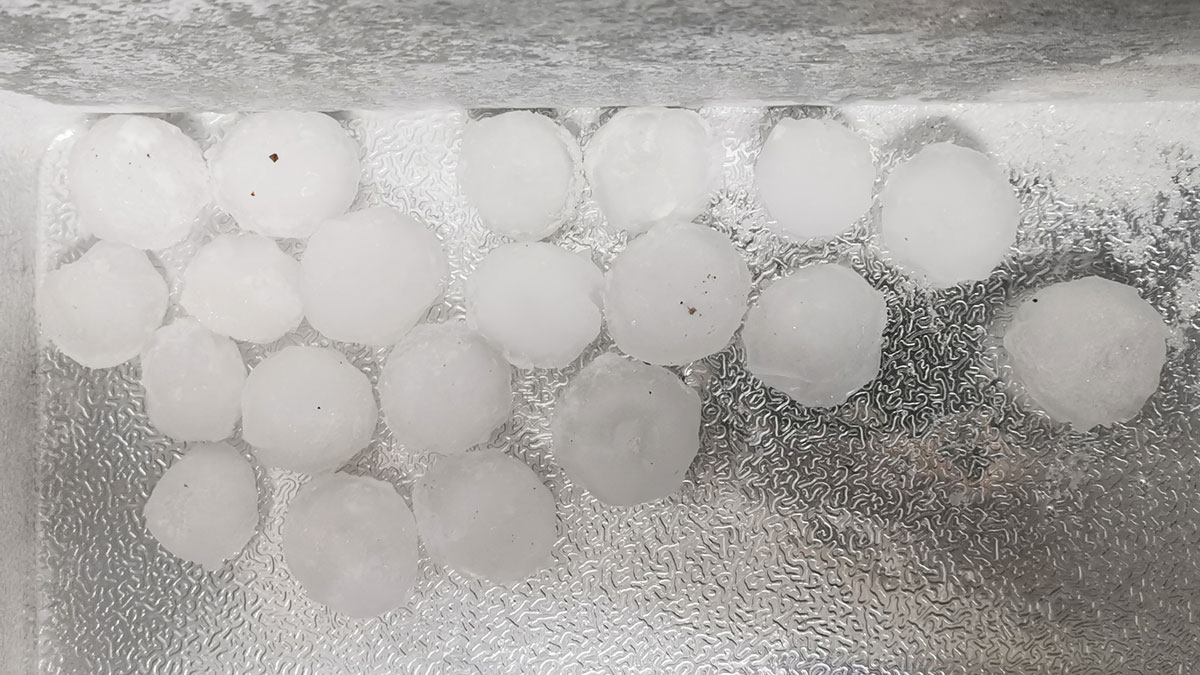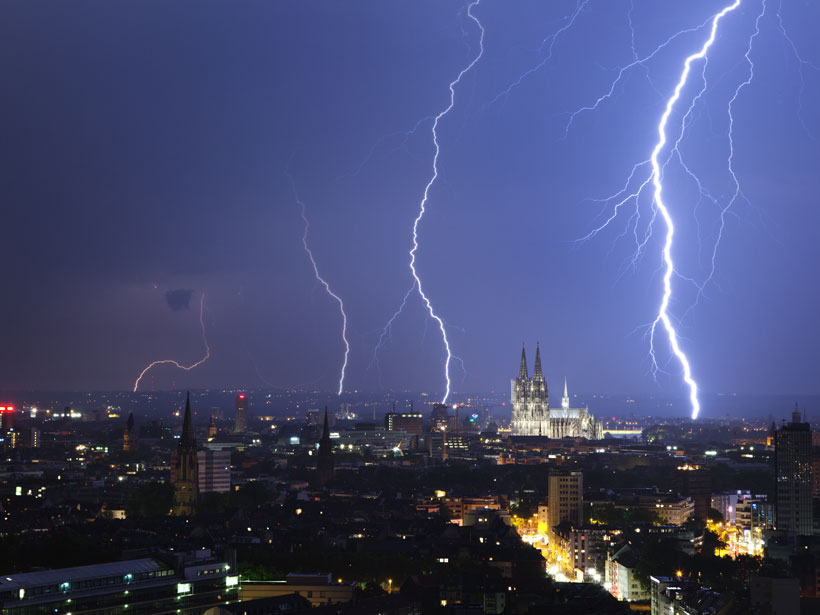Hailstones have been said to bounce up and down through clouds as they grow. A new study found that many stones take much simpler paths.
hail
CT Scans Show How Giant Hailstones Grow
Dental office technology is giving scientists a peek inside giant hailstones.
How Hail Hazards Are Changing Around the Mediterranean
A new method for studying hailstorms from space offers more consistent and more complete views of how and where hail forms, and how climate change might influence hail’s impacts in the future.
El granizo que colapsó a la Ciudad de México
Cuando una granizada intensa golpeó la capital de México la semana pasada, los ciudadanos se empezaron a preguntar si el cambio climático podría ser la causa. Pero, ¿es esa la pregunta que nos debemos hacer?
A Hail of a Night in Mexico
When a severe hailstorm hit Mexico’s capital last week, citizens began to wonder whether climate change could be the cause. But is that the right question to ask?
Radar Diagnosis of the Thundercloud Electron Accelerator
Altitude-resolved S-band radar observations of graupel are used to decipher thunderstorm ground enhancements in surface electric field and gamma ray flux.
Ice from Above: Toward a Better Understanding of Hailstorms
Globally relevant and locally devastating, hailstorms produce significant societal impacts; despite this, our understanding of hailstorms and our ability to predict them is still limited.
Northern Europe Set for Increases in Lightning
As the climate warms across Europe, a rise in severe thunderstorms could bring a dramatic increase in related hazards, including lightning and hailstones.
What Do You Get When You Cross a Thunderstorm with a Wildfire?
Lightning, fire vortices, and black hail are some of the frightening features of fire-fueled storms, which may become more common in the future.
Finding Faces in Hailstorms
Machine learning technology helps scientists recognize severe weather patterns.










